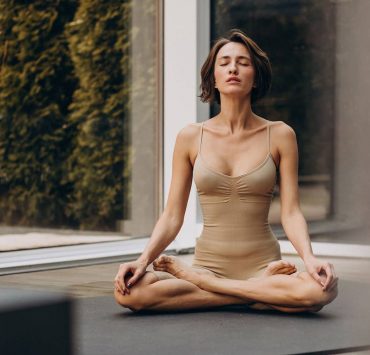
Meditation coach Emma Morrison is the go-to person for those…
In Pantanjali’s Yoga Sutras, there are the Eight Limbs of Yoga. The fifth limb is Pratyahara.
Pratyahara classically translates to the withdrawal of the senses. This limb is often considered the most neglected and misunderstood. But it is still a fundamental aspect of yoga.
What Is Pratyahara?
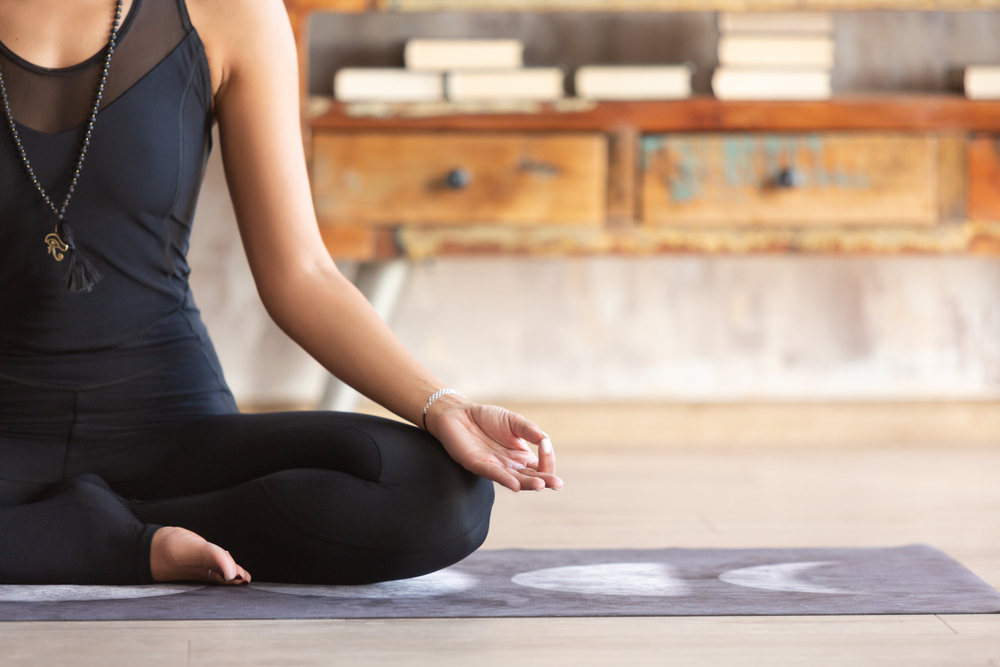
Pratyahara is described as sense withdrawal. In this way, you are causing your senses to “imitate” withdrawal so you can travel inward. Generally, this already happens during your yoga practice. Through your flow, you do not immediately react to an incoming sensation. And this is what Pratyahara is all about.
Pratyahara teaches us to approach stillness in the mind. To do this, one must shift the act of sensation from an external orientation to an internal one. Turning our attention inwards and ditching from stimulations is sense withdrawal.
The ultimate goal is to have command over the senses. This means that you are no longer attached to external gratification. You are not distracted by external stimulation and you can focus the mind inwards.
In this way, there are two aspects to Pratyahara.
First, there is the detachment from external aversions or desires. One must reign in their wandering senses and withdraw from the outer world.
Second, there is the journey of going inside. This is when a practitioner will realize that everything they need is already inside of them.
As long as we believe we need external sensory stimulus, the longer we are slaves to it. But we do not have to be slaves to our senses, desires, and the external world.
This is not to say that shutting out or negating the world is the path to Pratyahara. It is also not to say that we shouldn’t enjoy the external world and sensory pleasures. Instead, Pratyahara relies on this belief: the more we believe we need sensory stimulation, the more enslaved we are to them.
Being a slave to the external world makes it more difficult to discover the inner world. But practicing Pratyahara allows us to explore consciousness and freedom inside of ourselves.
Pratyahara in the Eight Limbs of Yoga
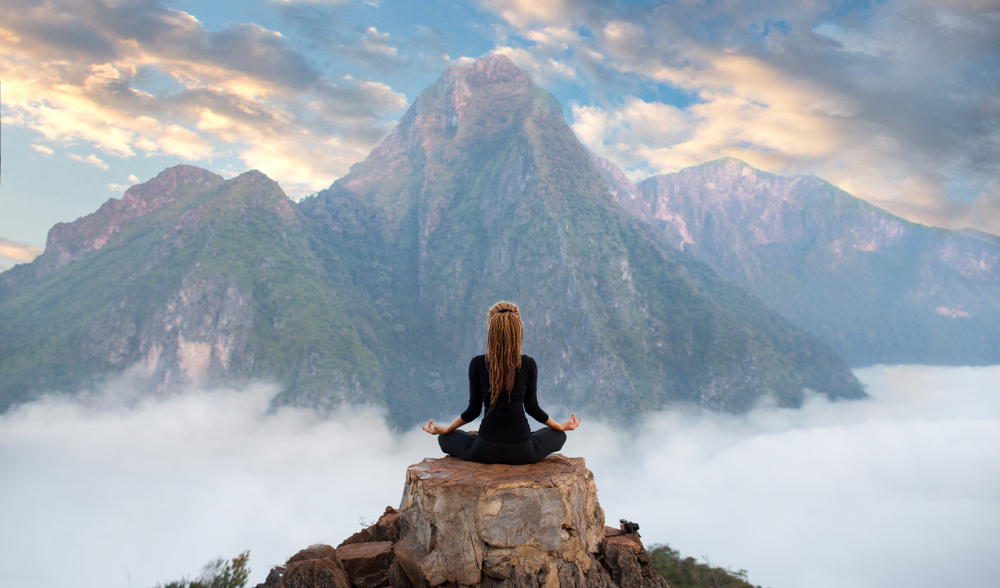
In Patanjali’s Eight Limbs of Yoga, he places Pratyahara as the fifth limb. After the fifth limb, there is Dharana (concentration, dhyana (meditation), and samadhi (absorption). Those three are considered the inner limbs.
This way, Pratyahara acts as the gatekeeper from the outer limbs to the inner limbs.
This bridge shows us how to use asana and pranayama to find dhyana and samadhi. It teaches you how to use postures for concentrating the mind. Pratyahara allows us to use asana to accurately tune in, read, and respond to our mental states.
By practicing Pratyahara, you can cultivate a more intimate relationship with your senses. Your sensory experiences will become a path toward concentration and mental clarity. It will lead you towards buddhi and individuation.
Pratyahara is essential for one’s yogic development. And it deserves more attention than it generally gets.
Instead of trying to jump out through the senses, Pratyahara teaches us to let the senses find us. In this way, you remain inside the body and let impressions come in from the outside. Doing this will allow you to feel tones of sensations. These will linger within you and mingle with your inner awareness.
It will allow you to give more attention to your thoughts and feelings. Perceptions, desires, and aversions will become clearer. And your inner state will be better cultivated.
Pratyahara uses the body and breathing to change your relationship to sensory information. It will bring more mind, psychology, honesty, and authenticity to your practice of self-awareness. These new dimensions will help you find a more accurate physical alignment.
This will cultivate a deeper significance in your practice. You will feel more beauty in your movements. And you will feel more grounded in your postures.
In this way, you are “staying home” and letting impressions come to you. Rather than be moved, pushed, or pulled by them, you are creating your immovable spot.
Inside the Immovable Spot
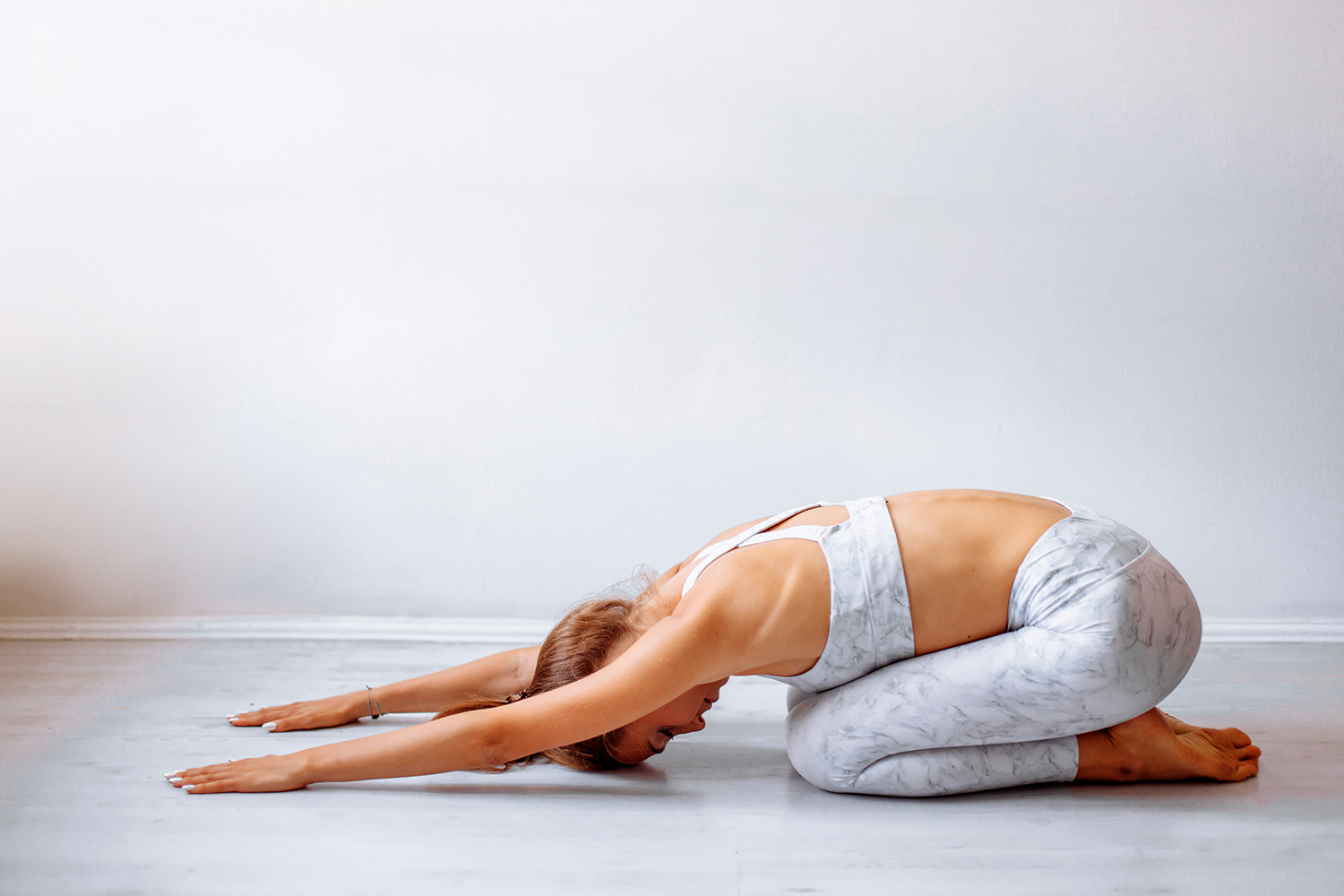
The immovable spot is deep internal awareness. This is where you awaken buddhi, your highest mind. Both your intellect and inner faculty of discriminative intelligence is awakened.
Perceiving through buddhi brings you sensory information in new forms of awareness. Soon, you will be able to mix this with slowing down time and slowing down the relay of sensory information. Then you can develop concentrative powers that are called supra sensory.
The act of seeing or feeling will become heightened to a marvelous degree. It will be as though you have new eyes and ears. You have new senses. You will perceive colors more vividly and you will enjoy food more.
By waking up these senses, you are waking the inner psychology and spiritual dimensions of yourself. These new dimensions are the substance and source of what you feel, see, taste, smell, and hear.
Another common translation of Pratyahara is to “recover” the senses.
To recover the senses as opposed to withdrawing from them allows for a different flavor. This suggests that the senses are lost and somehow need to be rediscovered or reclaimed. This perspective can lead you to a new relationship with sensation and transformation.
Rather than withdrawing from the senses and diminishing their range, try recovering them. Practicing Pratyahara in this way will engage the senses to have more clarity. This way, you will know what to withdraw from and how to do it.
Pratyahara with Sensuality
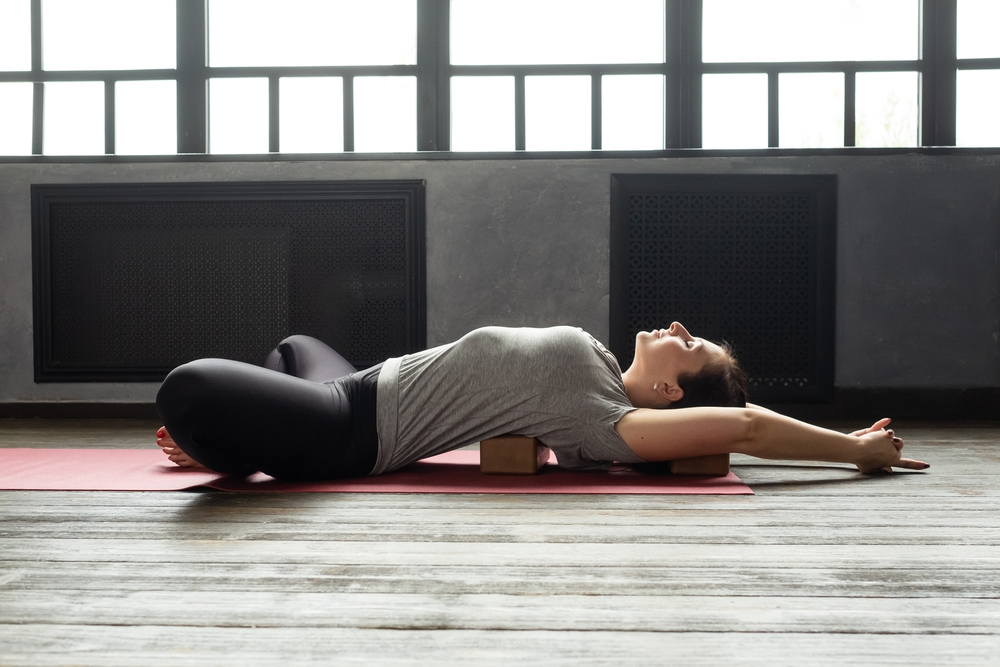
The word sensual is defined as relating to or affecting any of the senses. It can also be defined as providing gratification to the physical, sexual appetites.
Allow this concept of sensuality to expand into your Pratyahara practice. Let this combine the sacred and the physical. Such a combined context could be developed to perfection within one’s asana practice. In this way, the ability to be sensual is an essential part of having a mature, satisfying asana practice.
If done properly, sensuality could help one’s asana practice. It could become a great form of art. It will equip you with tremendous skill and craft. The soul will inhabit the body to a degree that you can achieve the highest mastery of aestheticism. This mastery could then extend to everything else you experience.
In this way, sensuality should be an integral part of Pratyahara.
To cultivate sensuality could mean many different things. Sensuality can teach you to appreciate all that you are, including your body and your viscera. You can take these components from the world as a means of reflection. Ultimately, sensuality will reflect your soul. In the depths of your spirit, your aspirations will be realized.
12 Ways to Explore Pratyahara
#1 Observe Silence
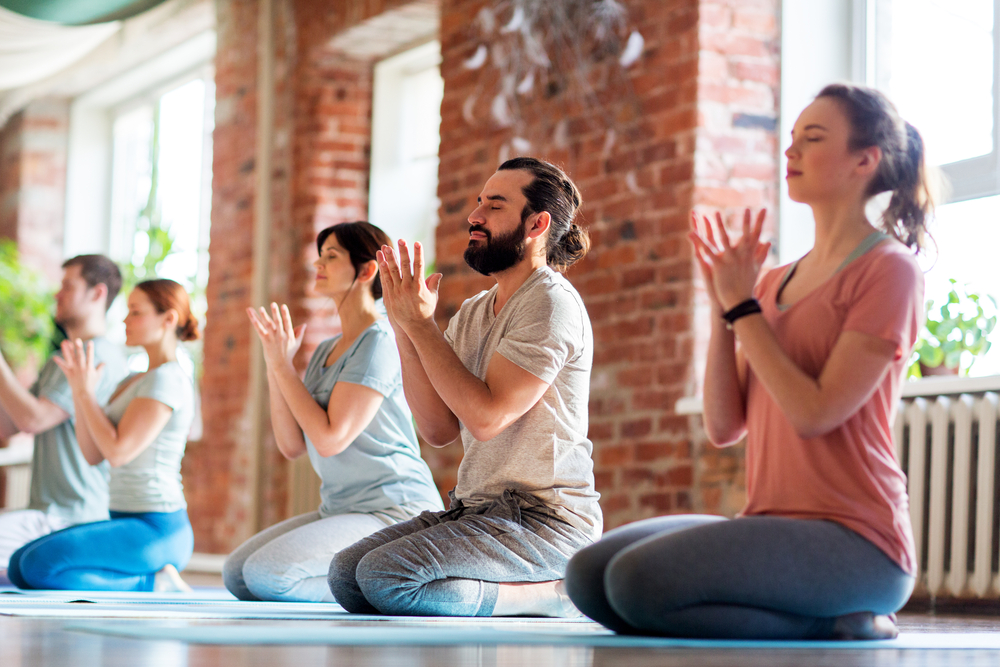
Sign up for a silent retreat. Stay quiet for a day or two regularly. Or you can observe silence for a set period every day.
#2 Skip a Meal Once a Week
Or you can try giving up your favorite food. This will allow you to withdraw from the senses in a way that will make you appreciate them more.
#3 Avoid Gossip
Negative remarks will root you in trivial matters. Pratyahara is all about cultivating what is inside of you. It does not condone engaging in meaningless external distractions.
#4 Vrikshasana – Tree Pose
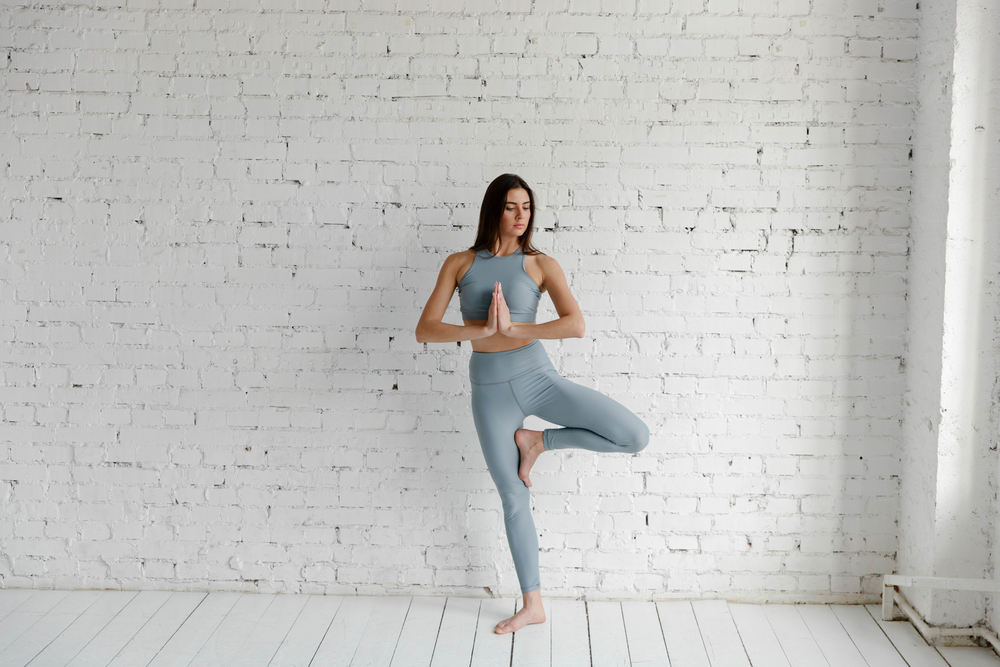
Vrikshasana asana will reveal the interactions between the body, mind, and senses.
Start by standing with your feet parallel and hip-distance apart. Rotate your right knee out to the side. Place your right foot on your inner left thigh and press the sole of your foot against it. Draw your right knee back and your tailbone down.
Press your standing foot into the floor as you stretch your arms up alongside your ears. Lift through the crown of your head and fix your gaze on a single point on the floor. Refine your breath and focus your awareness on the vertical axis of the core of your body.
Hold this pose to become steadier mentally and physically. Notice the stabilizing effects of the active senses. This posture will help to still the mind. You may also notice that fixing the gaze will stabilize your vision. This will help to focus the body and mind.
#5 Observe Compassion
Imbue it in your thoughts, speech, and actions. This will help you to engage with sincerity and make purposeful actions in the world.
All of the above exercises are practical tapas. Restricting one’s habitual engagement of the senses is a powerful way to check and control one’s desires. These exercises may help you replenish your vitality and quiet the mind.
#6 Seated Pratyahara Practice

Awareness is an attribute of buddhi which directs our attention, consciously or not. Try this exercise while seated and ask yourself the following questions.
- Can you feel your sit bones on the chair?
- Do you hear the sounds in the room?
- Do you hear the sounds outside of the room?
- What do you see in your peripheral vision?
Most likely, you are not aware of any of these things to begin with. But through practice, you will sense these things more frequently. Buddhi will call you to these sensations.
#7 Bind Your Senses to Something Else
We do this in our daily asana practice, sometimes without realizing it. As we breathe and move through different postures, we move our attention inward. Rather than focusing on the external world, we focus on body alignment and movement.
Our sense of sight is bound by the practice of dristi. Our sense of hearing is bound by listening to our ujjayi breath. Our tactile sense is bound by the body in asana and our consistent activation of bandhas.
#8 Supta Kurmasana – Bound Tortoise Pose
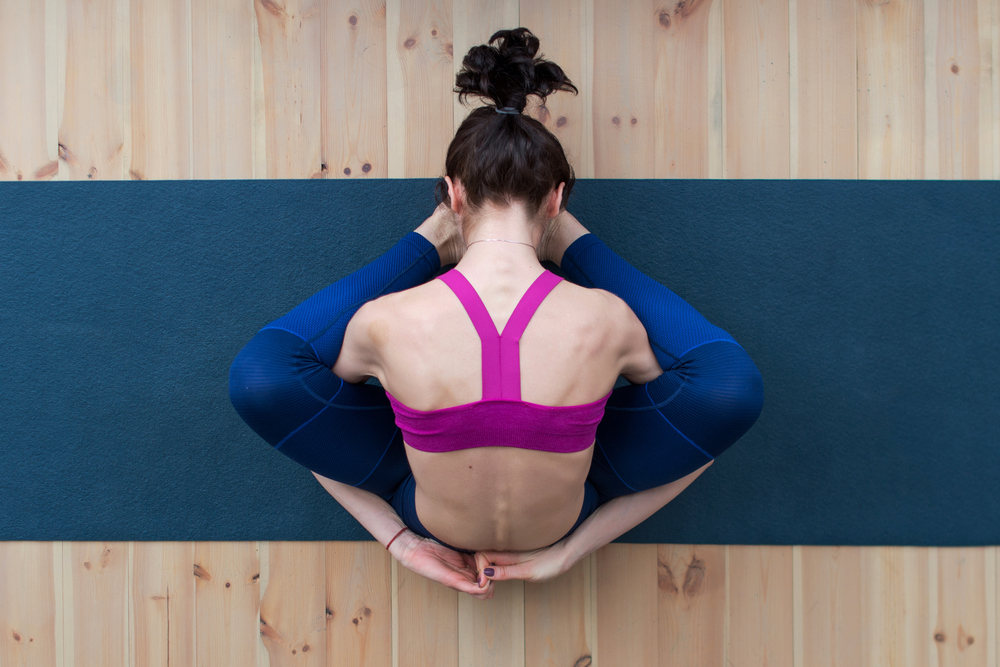
This leg-over-head posture functions as a deep forward bend. And the forward bend functions as the first step towards our path inwards.
This pose is compared to a tortoise withdrawing its limbs into its shell. In this way, the shell is our mind and the limbs are our senses.
#9 Practice Inversions
Gregor Maehle is a renowned yoga practitioner and teacher. He prescribes inversions as a direct practice of Pratyahara.
#10 Bhramari Pranayama – Humming Bee Breath

This pranayama is considered a direct practice of sense withdrawal. During this practice, use your fingers and hands to pull in and close your senses to the outside world. Your fingers should cover your eyes and close your eyes to external awareness.
Humming like a bumblebee, you are only aware of the buzzing sound. This will bring an agitated mind to a tranquil state.
#11 Practice Periods of Voluntary Celibacy
This can be practiced in many different ways. Ultimately, decide what celibacy is to you and commit to this practice for a set period.
#12 Yoga Nidra Meditation – Psychic Sleep

This meditation practice uses body awareness to withdraw from the external world. It will help you enter into the subconscious and unconscious realms of your psyche.
Specific instructions are given during this guided meditation. These instructions will bind the senses to various things such as sound or points of the body. Through the process of binding the senses, they are automatically withdrawn. This allows the practitioner to relax. Here, they can access the deepest parts of their internal world.
Final Thoughts on Pratyahara
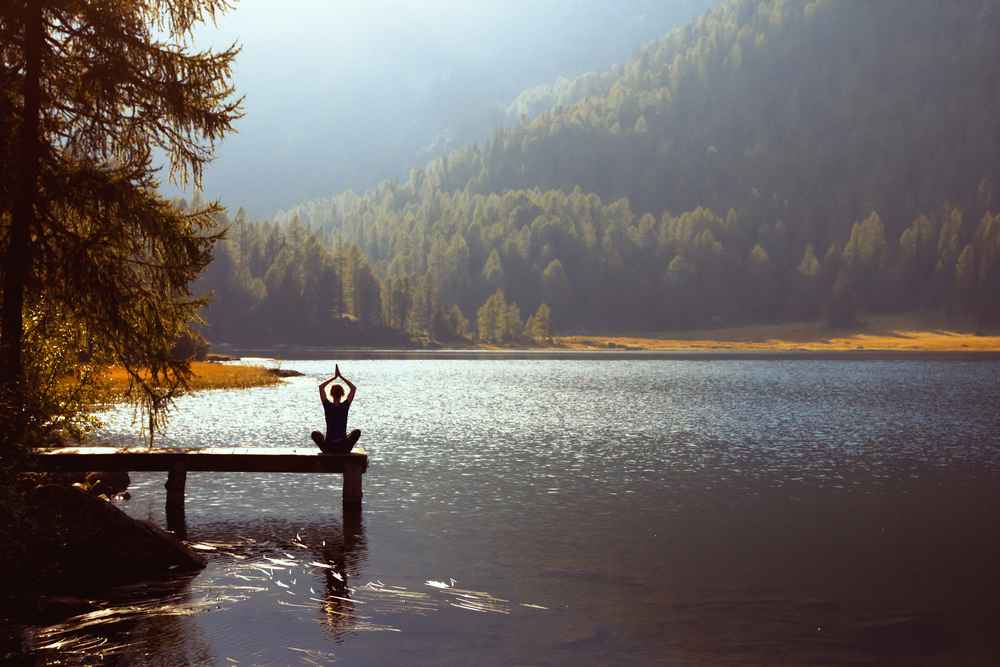
Pratyahara is the bridge between the outer limbs to the inner limbs. It combines the external and internal world, allowing them to reinforce one another.
Do not underestimate the practice of Pratyahara. It is essential for your yogic journey. Your Pratyahara practice will start to influence your asana practice. This will allow you to be more sensual and aware. You will find a deeper sense of control as well as exploration.
Cultivating your immovable spot is investing in your inner power. When you no longer require an external stimulus, you are no longer a slave to it. In this way, you will discover that everything you require has been inside of you all along.
Explore the senses you take for granted. Even if you do not engage in practical tapas, try leaning into the senses that you habitually use. Withdrawing from the senses will help you develop a deeper connection to them. But first, you must cultivate their inner meanings.
What's Your Reaction?
Meditation coach Emma Morrison is the go-to person for those living in Salt Lake City, Utah, who need to release stress and tension or simply dive deeper into their meditation practice. In her writing, you’ll receive useful information on how to live a more fulfilling life.







